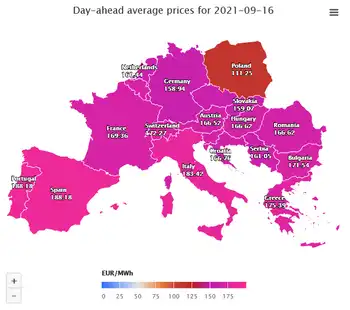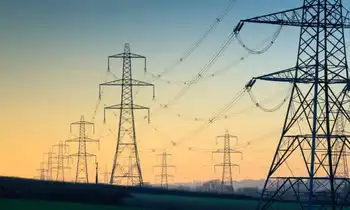Street lighting can be safely reduced: study
By Electricity Forum
NFPA 70e Training - Arc Flash
Our customized live online or in‑person group training can be delivered to your staff at your location.

- Live Online
- 6 hours Instructor-led
- Group Training Available
LRC researchers demonstrated in multiple field tests that, by using what they describe as a Unified System of Photometry, a street lighting system can be designed to reduce energy use while maintaining or improving perceptions of visibility, safety, and security.
“In nighttime conditions, the human eye is more sensitive to short-wavelength light, which produces ‘cool’ tones like blue or green, as opposed to long-wavelength light, which produces ‘warm’ tones like yellow and red,” said LRC Director of Energy Programs Peter Morante. “By replacing traditional, yellowish high-pressure sodium (HPS) lights with ‘cool’ white light sources, such as induction, fluorescent, ceramic metal halide, or LEDs, we can actually reduce the amount of electric power used for lighting while maintaining or even improving visibility in nighttime conditions.”
The eye has two types of visual receptors in the retina, cones and rods. The current system of photometry — the measurement of visible light in terms of human perception for certain activities like reading and seeing fine details — is based on how some cones respond to different wavelengths. Cones are the dominant visual receptor under photopic (daylight) lighting conditions. Rods function primarily under very dim conditions.
According to Morante, it is necessary to redefine the luminous efficacy functions needed for nighttime applications where electric lighting is used and both rods and cones contribute to vision The LRCÂ’s Unified System of Photometry was designed to characterize light at any level, including the mesopic level where both rods and cones operate.
LRC field demonstration results from the past few years in rural and suburban areas of Connecticut, Massachusetts, and Texas verified that by implementing the Unified System of Photometry the street lighting system consumed 30 to 50 percent less electric power and the residents believed they could see better and said they felt safer, when compared to lighting systems designed using the traditional system of photometry. The Unified System of Photometry provides an objective method for optimizing light source spectra for minimal energy use while maintaining good visibility, according to the LRC researcher team.
There is now renewed interest in the research, according to Morante, as an increasing number of cities and towns across the U.S. are examining ways to save energy either through a reduction or a change in outdoor lighting. And the interest seems to be spreading.
According to LRC Director Mark Rea, Ph.D., researchers around the world are also concluding that the current system of photometry could use some updating to better characterize light source performance under nighttime conditions. The International Commission on Illumination, also known as the CIE from its French title, the Commission Internationale de l'Eclairage, will be releasing its own form of unified photometry for outdoor lighting, explained Rea, a long-standing CIE member.











